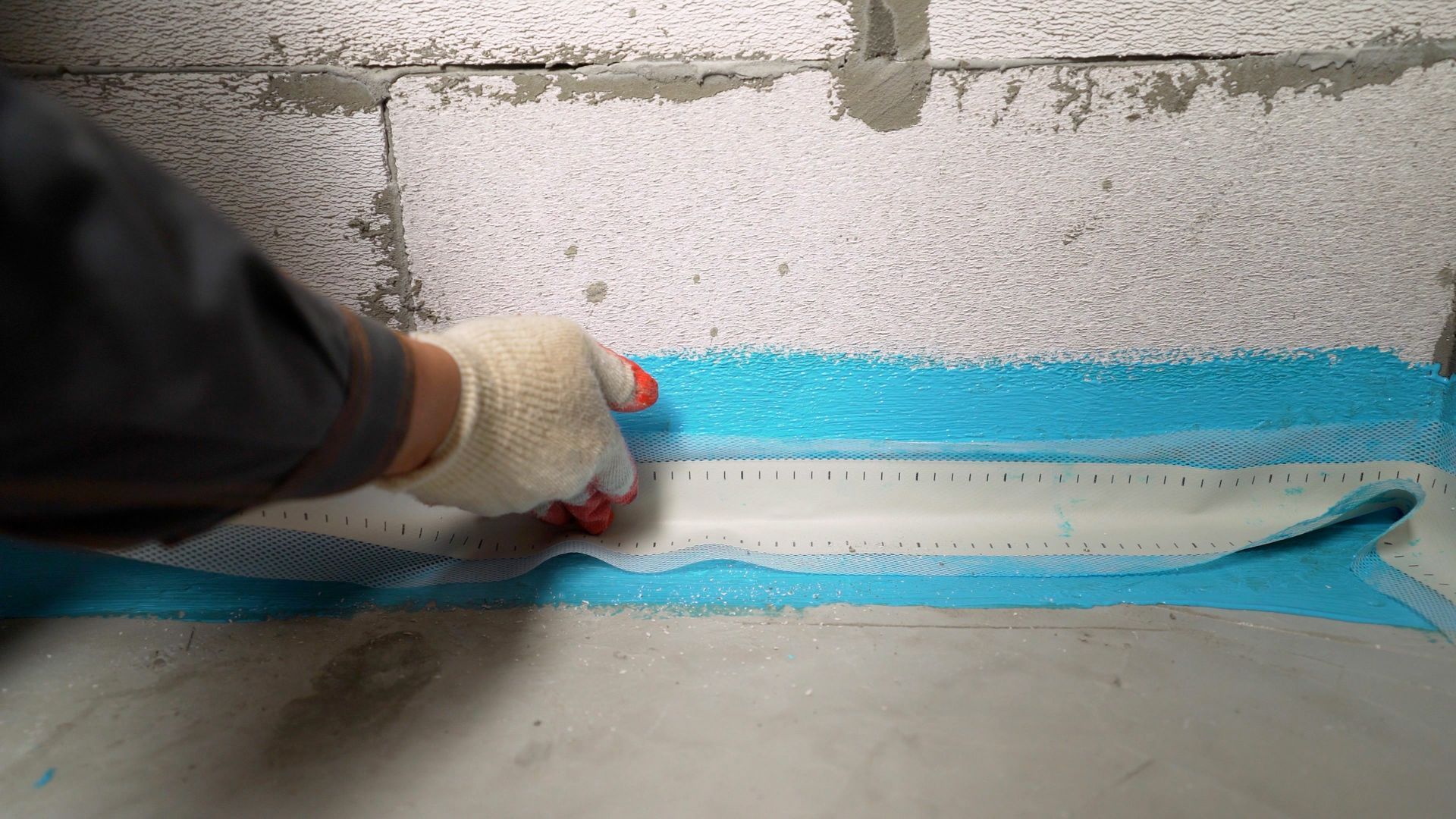What Causes Basement Water Leaks? Common Signs to Watch For
Basement water leaks can quietly cause damage long before you notice puddles on the floor. They can lead to serious issues like structural damage, musty smells, and mold that is difficult to remove. The good news is that most leaks have specific causes, and once you know what to look for, you can take steps to fix the problem.
In this post, we’ll walk through the most common reasons basements start leaking and the signs that something might be wrong. If your basement feels damp or something just seems off, this guide will help you figure out what may be going on.
Poor Drainage Around the Foundation

Water needs to flow away from your home. When it collects near the foundation, it often finds its way into the basement. Homes with clogged gutters, short downspouts, or soil that slopes toward the house are especially at risk.
Take a walk around your home during or after a rainstorm. If you see water pooling near the base of your house or running directly from the roof to the ground, your drainage system may need to be adjusted.
Cracks in the Foundation or Basement Walls
As homes settle over time, small cracks can appear in the foundation or basement walls. These cracks might seem minor, but even the smallest ones can let in moisture during heavy rain or snowmelt. If ignored, they can grow and lead to bigger problems.
Watch for these signs of potential cracks:
- Water stains or streaks running down the basement walls
- Paint or wall coverings peeling away
- Visible cracks near corners or windows
- Water gathering where the wall meets the floor
Leaky Window Wells and Basement Windows
Basement windows and their wells are another common source of leaks. If the wells are filled with leaves or dirt, water can pool and seep into the basement. Poor drainage in this area often goes unnoticed until a storm makes it worse.
Older basement windows can also be a problem if the seals are worn or broken. If you notice moisture around the windows or see water collecting in the well, it may be time to clean, reseal, or replace them.
Get Fast Free Quote
Plumbing Leaks Inside the Basement
Not all basement leaks come from outside the house. Sometimes, a leaking pipe or appliance is the real issue. Old plumbing, rusted joints, or even a failing water heater can lead to water collecting in the basement.
Look for these signs of a plumbing leak:
- Discolored spots on walls or ceilings
- A lingering damp or musty smell
- A sudden rise in your water bill
- Wet areas directly beneath exposed pipes
Pressure from Saturated Soil
After heavy rain or melting snow, the ground around your home can become oversaturated. This water builds up around your foundation and pushes against the walls. Over time, that pressure forces water inside through small cracks or weak areas.
You might notice bubbling paint, damp spots near the base of the wall, or small pools of water that appear even without a clear leak. These are all signs that water is entering from the soil outside.
When to Call a Professional
Some leaks are easy to identify, but others are hidden behind walls or under flooring. If you have tried basic fixes and still notice water or dampness, it may be time to call a waterproofing professional. Acting early can help prevent long-term damage and costly repairs.
Here are signs it’s time to call for help:
- Water appears in the basement after every rain
- A musty smell never seems to go away
- Mold keeps returning despite cleaning
- Cracks in walls or floors are getting worse
How Advanced Basement Waterproofing Can Help
We know how frustrating it can be to deal with a wet basement. At Advanced Basement Waterproofing, we take the time to find the exact cause of the problem and fix it the right way. Whether the issue is outside drainage, a foundation crack, or moisture inside your home, we offer solutions that last. If you’re looking for reliable basement waterproofing in Connecticut, we’re here to help.
If you’re seeing signs of a leak or want a professional opinion, contact us today to schedule your inspection and take the first step toward a dry, healthy basement.


